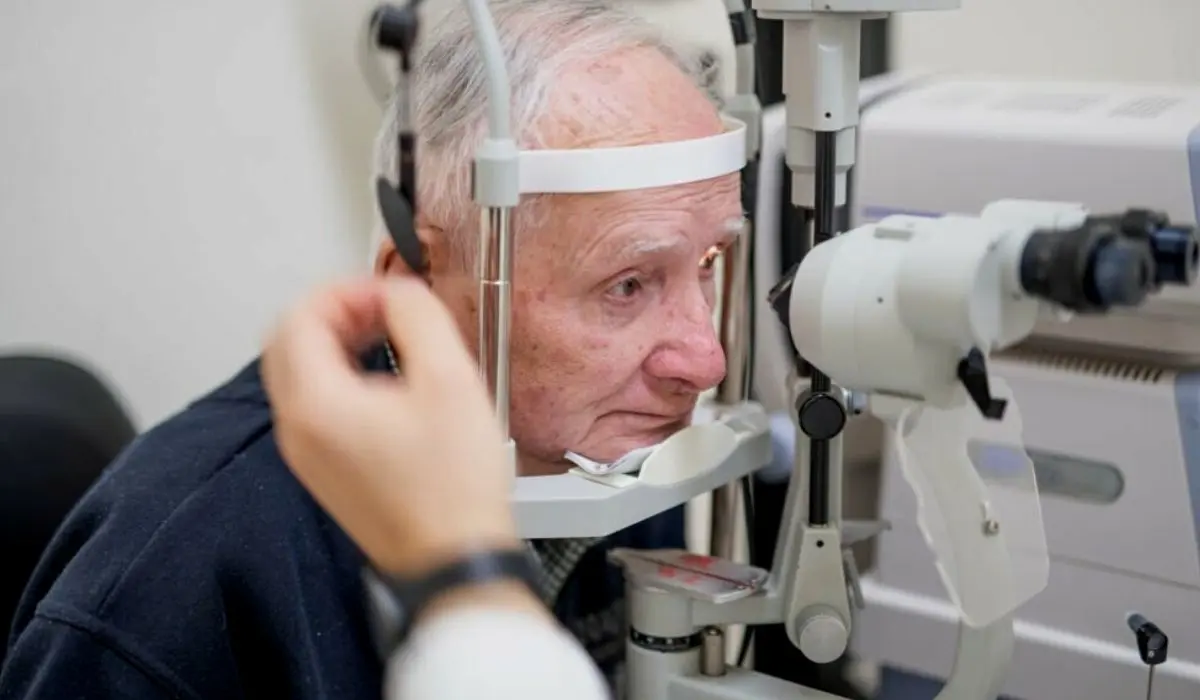Eyes are our windows to the world. But for some, these windows have a unique tint. This is often due to a condition called ocular Albinism. What’s it about? Let’s delve deeper.
What Exactly is Ocular Albinism?
Ocular Albinism affects the eyes. Here, the eyes might lack the usual color or pigment. This doesn’t just change their appearance; it can also influence how well a person sees. While the world remains lively and colorful, the vision of someone with this condition may be blurry or different.
Albinism: Disease or Not?
Nope, Albinism isn’t a disease. It’s a genetic thing you’re born with. You can’t catch it or give it to someone else.

What’s Albino?
Albino is from a Latin word, “albus”. It means white. Sometimes, folks call people with Albinism Albinos. But it’s better to say “a person with Albinism.”
The Role Of Genes
Our bodies run on instructions called genes. These genes decide many things about us. These tiny instructions decide how we look and act. From our hair’s curliness to our eyes’ hue, it’s all in the genes. But Sometimes, there’s a mixup in these instructions, which can lead to conditions. For some, that twist is ocular Albinism.
Family Ties: How It’s Passed Down
Albinism is inherited, which means it comes from our family genes. When both mom and dad pass down the albinism gene, a baby can be born with it.
For a specific type called oculocutaneous Albinism:
- Both parents need to carry the gene.
- Their child has a 1 in 4 shot of having Albinism.
If only one parent has the gene:
- The child won’t have this albinism type.
- But there’s a half chance they’ll carry the gene.
Look at it this way: Just as we inherit stories and traditions from our grandparents, we also inherit genes from our parents. Ocular Albinism can be one of these inherited stories. This condition can move from parents to their kids through Chromosomes.
Chromosomes: The X and Y
The answer lies in something called chromosomes. To simplify, boys have an XY combo, and girls have XX.
When a mother has the ocular albinism gene, she might pass it to her children. If she does, her son might have the condition. Daughters might carry the gene without showing symptoms.
And fathers? If a dad has the condition, he can give the gene to his daughters. But he won’t pass it to his sons.
Unexpected Changes: Mutations
Life is full of surprises. Sometimes, a child might have ocular Albinism even without a family history. This isn’t about inheritance but a spontaneous change, or “mutation,” in their genes.
Recognizing Albinism: The symptoms
These signs characterize Albinism:
- Lighter skin, hair, and eyes.
- Patches of skin missing some color.
- Eyes that might not align or move swiftly.
- Difficulty seeing clearly.
- Discomfort in bright surroundings.
Seeking Answers: Tests And More
If someone thinks ocular Albinism runs in their family or if they want clarity, doctors have tests to help. A tiny sample can reveal a lot about our genetic makeup and confirm the presence of the condition.
Handling Albinism: How Do We Treat Albinism
We can’t cure Albinism. But we can manage it. Protecting yourself from the sun is vital. Here’s how:
- Avoid too much sun.
- Use sunglasses.
- Wear clothes that shield you from the sun.
- Hats help too.
- Remember sunscreen.
And if your eyes cross? Surgery might help fix that.
Living With The Condition
Having ocular Albinism means a unique view of life. It comes with challenges, yes, but also with insights. With care, support, and a few tools and tweaks, life doesn’t just go on; it thrives.
Read More:- What Is Vasovagal Syncope And How To Prevent It?
When To Chat With Your Doctor
Feeling uncomfortable? Or spotted a change on your skin? It’s time to ring your doctor. Albinism isn’t common. But it can affect anyone. If it affects you or someone in your family, contact your doctor. They’re there to guide you through living with Albinism. It makes a big difference to have some help along the way.
Genes are filled with tales of our past, present, and future. Ocular albinism is one such tale. With understanding and research, we’re not just reading this story but embracing and enriching it.